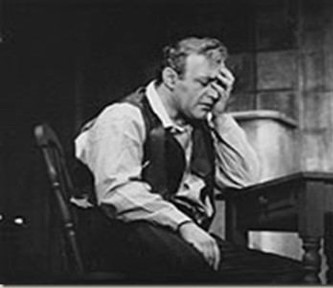Animal Studies
- mariekempteaching
- May 11, 2020
- 2 min read

Our focus on Saturday was Animal Studies.
It was something quite different for the students and it was great to see them embrace the possibilities outside their comfort zone. Lee Strasberg was born in Poland 1901. He moved to Manhattan with his family in 1909 where he was introduced to the theatre. When Stanislavski brought the Moscow Art Theatre to the United States in 1923 he was inspired by what he saw.
Strasberg is most known as being the father of Method Acting (not to be confused with Stanislavski's Method). However, he also had a wealth of other techniques for his students, one of which was Animal Studies which is still being taught in drama schools today.
Animal Exercises are designed to nurture the performers skills to observe and imitate. They push the actor outside their physical boundaries, allowing them to discover more about their character. First, I asked the pupils which animal they most identified with, which characteristics did they believe they shared with the animal? For some loyalty was a very important trait to them, so it was suggested they were like a dog. Others felt they were quick to anger and imagined they were a cat who can quickly turn on you.
I then asked them to decide which animal their character was most like and had them watch videos of their animal, observing their movements and behaviour. Next week, they'll perform their monologues as close to the animals behaviour as possible.
Many actors have used Animal Studies to assist with their characterisation. Here are some examples:
1. Anthony Hopkins as Hannibal Lector in Silence of the Lambs. Crocodile.
2. Jake Gyllenhaal as Lou in Nightcrawler. Coyote. 3. Johnny Depp as Captain Jack Sparrow in Pirates of the Caribbean. Lizard.
4. Robert DeNiro as Travis in Taxi Driver. Crab. 5. Jim Carey as Ace Ventura in Ace Ventura. Pigeon.
6. Marlon Brando as Stanley in A Streetcar Named Desire. Ape. 7. Lee J Cobb as Willy Loman in Death of a Salesman. Elephant.
8. Julia Roberts as Laura in Sleeping with the Enemy. Dog. Next time you're watching a film. See if you can spot any examples.
.png)


















Comments